You’re shopping for a pair of contact lenses. You check out several and choose a reputable household brand. You get home, wash your hands, remove them from the packaging, and slide them onto your irises with an index finger.
Everything seems fine until you want to take them out. That’s when you discover to your horror that, unlike the safety-approved contacts you thought you had bought, these ones are stuck tight and won’t let go.
Lorne Lipkus, a member of the Canadian Anti-Counterfeiting Network and brand lawyer for Kestenberg Siegal Lipkus LLP, said this has happened before with counterfeit contact lenses.
“Sometimes when you put in counterfeit contact lenses—that by the way are in packages that the average consumer would think was totally legitimate—if you put it in your eye and you try to get it out, sometimes the quality is so poor that they can’t be removed by your hands. You have to actually have them surgically removed. That’s how bad they are,” he said.
Lipkus said one of the biggest problems with counterfeit products is that they can be hazardous, noting brand name hypoallergenic makeup as another example.
“We’ve had cases here in Canada, including in the Toronto area, of counterfeit allegedly hypoallergenic makeup—name brand, from brands that we all know. And in one particular case, somebody in Mississauga bought the counterfeit, used the counterfeit thinking it was authentic, and they had trouble breathing and had to go to the hospital because they had a pretty bad allergic reaction to it,” he said.
“We’ve also had counterfeit shampoo. Again, name-brand shampoo, containers of it. And some of the bottles that were tested had E-coli.”
Toothbrushes that can cause permanent gum damage because they are cheaply cut, toys with toxic chemicals and paint and sharp parts, electrical products that are more likely to electrocute, and counterfeit SD cards and memory cards that have malware or spyware are just a few examples of the risky counterfeit goods that can easily get into the hands of any Canadian.
Gangs, terrorists funded by counterfeit
Besides subjecting you to potential injury, your counterfeit purchase can also end up financing terrorists.According to a 2015 report issued by Unifab, an anti-counterfeit organization established in 1872, terrorist groups such as the IRA, ETA, FARC, Hezbollah, Hamas, Al-qaïda, Dawood Company, and Lashkar-e-taiba have all sold counterfeit goods in order to raise funds.
The terrorists who attacked Paris in 2015 sold fake Nikes. The IRA has flogged dud veterinary drugs. And Hezbollah has sold counterfeit CDs and video games.
According to Interpol, “A clear link has been established between the trafficking of illicit goods and transnational organized crime.” It said criminal rings are attracted by the lucrative profits in selling counterfeit goods, or legitimate goods in black markets, evading taxes.
“They use the profits to fund other criminal activities such as drug trafficking, people smuggling and robbery,” the organization said.
Lipkus said the sale of counterfeit products is the No. 2 method of financing terrorism and organized crime—even ahead of gambling and prostitution.
Counterfeit also funds gang activity, he said, noting there have been cases in Toronto where organized gangs were getting funding from selling counterfeit goods in local stores and flea markets.
Lipkus would like to see more public awareness campaigns in Canada about counterfeit.
Canada lagging behind
On June 27, police raided Pacific Mall in Toronto and confiscated thousands of counterfeit items from seven vendors. Lipkus and other members of his firm were there with the police, helping to identify the fake products.“I think that the raids that took place were something that were a long time overdue,” he said, adding that Canada lags behind other Western countries when it comes to removing counterfeits from the marketplace.
“It would be kind to say we’re not very good at it,” he said. “If you compare that to any other countries that are dealing with the counterfeiting problem in the western world, we are so far behind it’s a joke.”
He compared U.S. border control who seized 35,000 shipments per year at their borders to Canadian border control, who for the same time period seized just 50.
“In 2017, do you know how many criminal prosecutions there were for counterfeiting cases? If your answer is more than zero you’re wrong,” he said. “There was not even one.”
As for police seizures in 2017, he said, there was only one.
In response to a request for comment, Canada Border Services Agency spokesperson Nicholas Dorion provided the following statement.
“The Agency is continuously working with its domestic and international partners to apply its policies and procedures to protect its border while respecting its domestic and international obligations.”
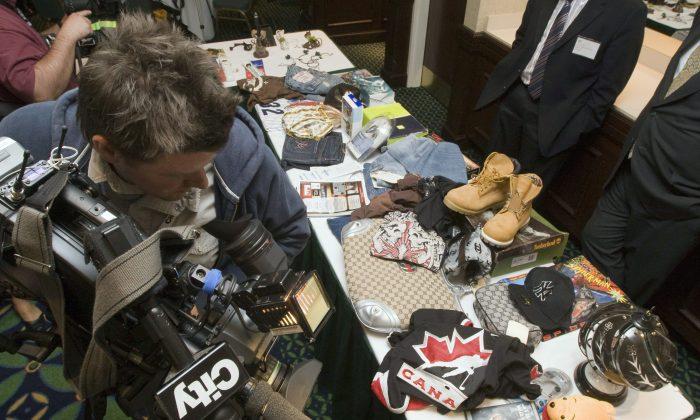
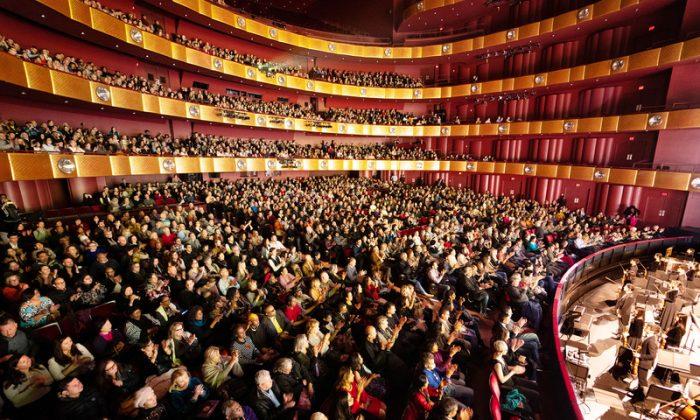
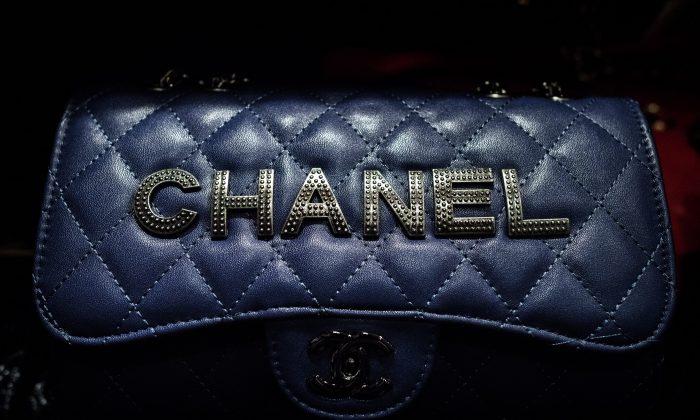
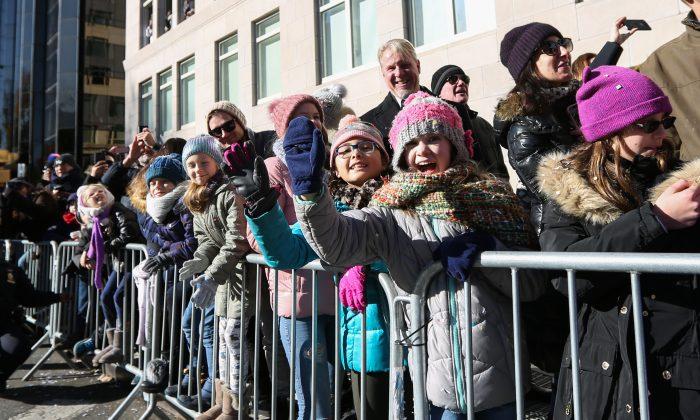
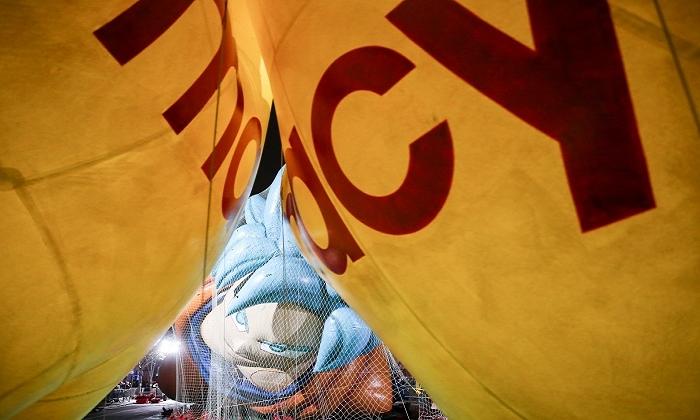
Friends Read Free